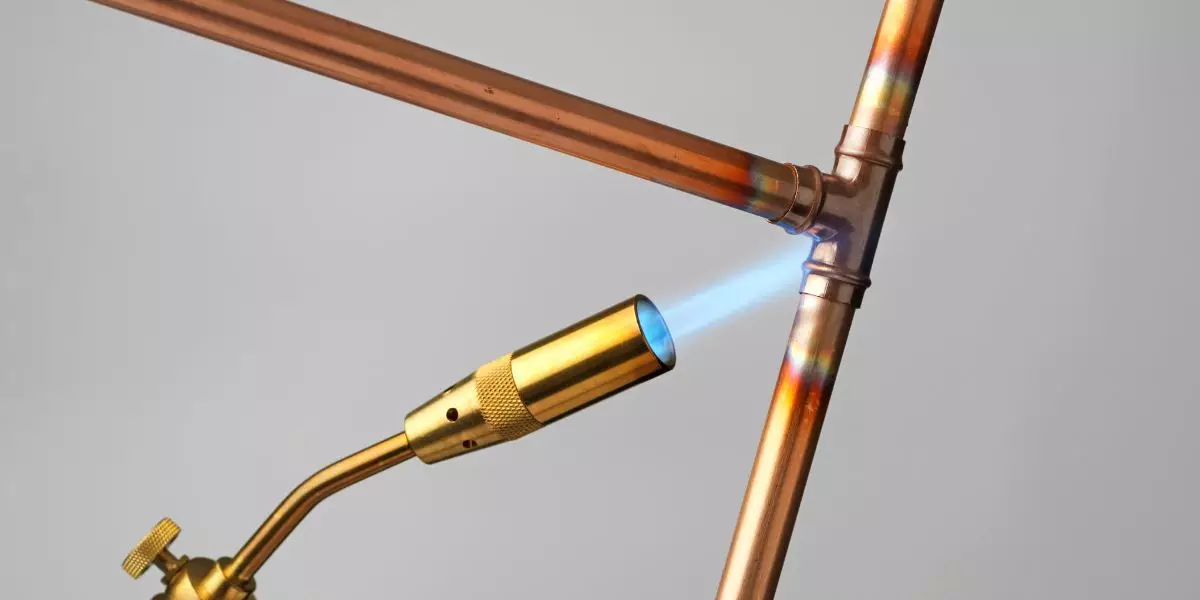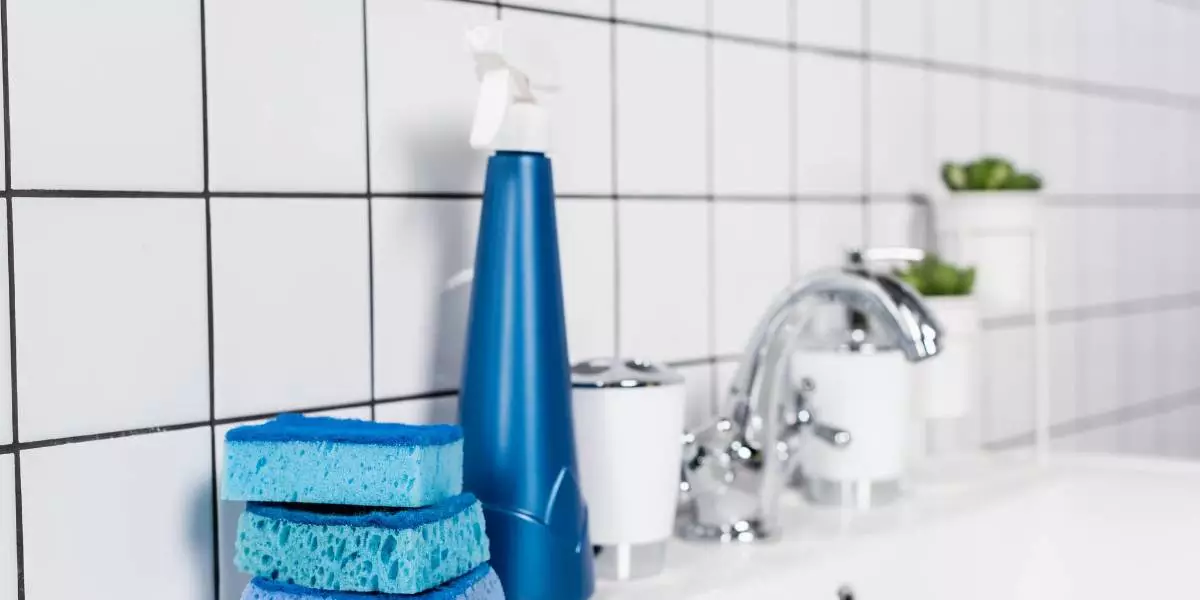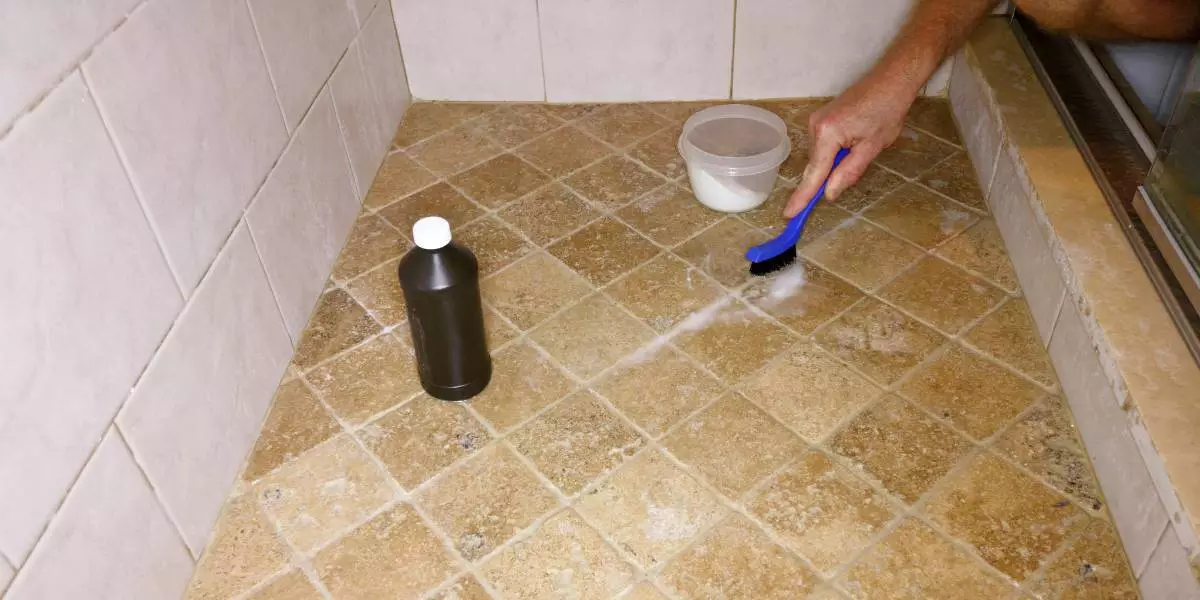What is flux and why is it important in soldering?
Flux is a crucial element in the soldering process, especially when working with copper pipes. It is a substance that promotes the flow of solder, ensuring a strong bond between the joints. Flux serves multiple purposes, including cleaning and preventing oxidation of the copper surface, which can hinder the soldering process.
Understanding the purpose of flux
The primary purpose of flux is to clean the copper surfaces by removing any contaminants, such as dirt, grease, and oxidation. This clean surface allows for better adhesion and flow of the solder, resulting in a strong solder joint. Flux also helps prevent the reformation of oxides during the heating process, ensuring a reliable connection.
The role of flux in ensuring a strong solder joint
When soldering copper pipes, the flux acts as a catalyst, reducing the surface tension of the solder and allowing it to spread evenly. It also removes any residual oxides that may have formed due to exposure to air, ensuring proper wetting and adhesion of the solder to the copper surface. This, in turn, creates a strong and durable solder joint.
Common types of flux used in soldering
There are various types of flux available for soldering copper pipes. The most common ones include rosin-based flux and water-soluble flux. Rosin-based flux is widely used due to its effectiveness in cleaning and preventing oxidation. Water-soluble flux is gaining popularity as it offers easier cleaning after soldering.
How to clean flux residue from copper pipes after soldering?
After completing the soldering process, it is essential to clean the flux residue from the copper pipes to prevent future issues such as corrosion. Here is a step-by-step guide to effectively clean flux residue:
Step-by-step guide to cleaning flux residue
- Allow the pipes to cool down completely before attempting to clean the flux residue.
- Apply a suitable cleaning solution, such as a mixture of warm water and mild detergent, to the flux residue.
- Use a soft brush or sponge to gently scrub the affected areas, ensuring thorough removal of the residue.
- Rinse the pipes with clean water to remove any remaining cleaning solution.
- Inspect the pipes to ensure all flux residue has been successfully removed.
Using water-soluble flux for easy cleanup
Water-soluble flux offers the advantage of easy cleanup after soldering. This type of flux can be dissolved and rinsed away with water, eliminating the need for aggressive cleaning solutions. By using water-soluble flux, you can save time and effort in the cleaning process without compromising the quality of the solder joint.
Preventing corrosion in copper pipes after soldering
To prevent corrosion in copper pipes after soldering, it is crucial to thoroughly clean the flux residue, as it can promote the accumulation of moisture and lead to corrosion over time. After cleaning the pipes, it is recommended to apply an anti-corrosion compound or coating to provide extra protection against corrosion.
What to do if you used too much flux?
If you realize that you have used too much flux during the soldering process, there are steps you can take to mitigate any potential issues.
Signs that you have used too much flux
Excessive flux often leaves behind visible residue that can be sticky or gooey in texture. Additionally, using too much flux increases the risk of flux residue accumulation, which can potentially lead to corrosion and impact the integrity of the solder joint.
Removing excess flux from copper pipes
To remove excess flux from copper pipes, follow these steps:
- Allow the excess flux to cool down completely.
- Use a clean cloth or sponge to soak up the excess flux, ensuring you remove as much as possible.
- If the residue persists, apply a suitable cleaning solution and gently scrub the area to remove the excess flux.
- Rinse the pipes thoroughly with water to remove any remaining cleaning solution or flux residue.
Tips for preventing excessive flux application
To avoid using too much flux in the future, consider these tips:
- Apply the flux sparingly, only to the areas where soldering is required.
- Use a flux brush with bristles that match the size of the pipe or fitting to control the amount of flux being applied.
- Prioritize cleanliness and remove any excess flux immediately during the soldering process.
How to flush the inside of copper pipes? [After Soldering]
Flushing the inside of copper pipes is an important step to remove any debris or flux residue that may have accumulated during the soldering process. It ensures clean and unrestricted water flow, preventing potential clogs and maintaining the efficiency of the plumbing system.
Why flushing the inside of copper pipes is important
During soldering, flux residue and other contaminants can accumulate inside the copper pipes. Flushing these residues helps prevent corrosion and the buildup of debris, ensuring optimal water flow and preventing potential plumbing issues in the future.
Methods for flushing the inside of copper pipes
There are a few methods you can use to flush the inside of copper pipes:
- Use a high-pressure water flow: Attach a hose to a nearby water supply and insert it into the pipe, allowing the water to flow through and flush out any debris or residue.
- Utilize a plumbing snake or auger: Insert the snake or auger into the pipe and rotate it to dislodge any debris or buildup. Flush the pipe with water afterward to remove the dislodged material.
- Apply a specialized cleaning solution: There are cleaning solutions available specifically designed to dissolve flux residue and other contaminants inside copper pipes. Follow the manufacturer’s instructions for proper usage.
Tools and equipment needed for flushing copper pipes
When flushing copper pipes, it is helpful to have the following tools and equipment:
- Hose and water supply
- Plumbing snake or auger
- Bucket or container to collect the flushed debris
- Cleaning solution (if applicable)
How to clean the inside of copper pipes? [Before Soldering]
Cleaning the inside of copper pipes before soldering is crucial to ensure a secure and reliable solder joint. Proper cleaning removes any debris, flux residue, or oxidation that may affect the soldering process or compromise the integrity of the joint.
Why cleaning the inside of copper pipes is necessary
Copper pipes can accumulate various contaminants and debris over time, such as dust, dirt, mineral deposits, and oxidation. These impurities can hinder the soldering process and prevent a strong bond between the pipes and fittings. Cleaning the inside of copper pipes ensures a clean surface, allowing for effective soldering and better joint integrity.
Steps for cleaning the inside of copper pipes
Follow these steps to clean the inside of copper pipes before soldering:
- Use a wire brush or sandpaper to remove any loose debris or oxidation from the inside of the copper pipes.
- Rinse the pipes thoroughly with water to remove any remaining loose particles.
- Apply a specialized cleaning solution to the interior of the pipes if necessary, following the manufacturer’s instructions.
- Rinse the pipes again with clean water to remove any cleaning solution residue.
- Inspect the pipes to ensure they are clean and free from debris before proceeding with soldering.
Recommended products for cleaning copper pipes
There are various products available for cleaning copper pipes, including:
- Flux remover or pipe cleaning solution
- Wire brush or sandpaper
- Copper pipe cleaning brushes
It is recommended to use products specifically designed for cleaning copper pipes to ensure compatibility and effectiveness.







